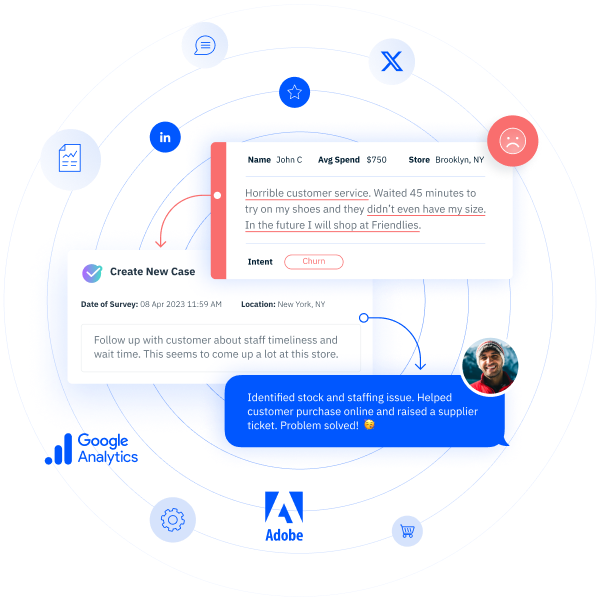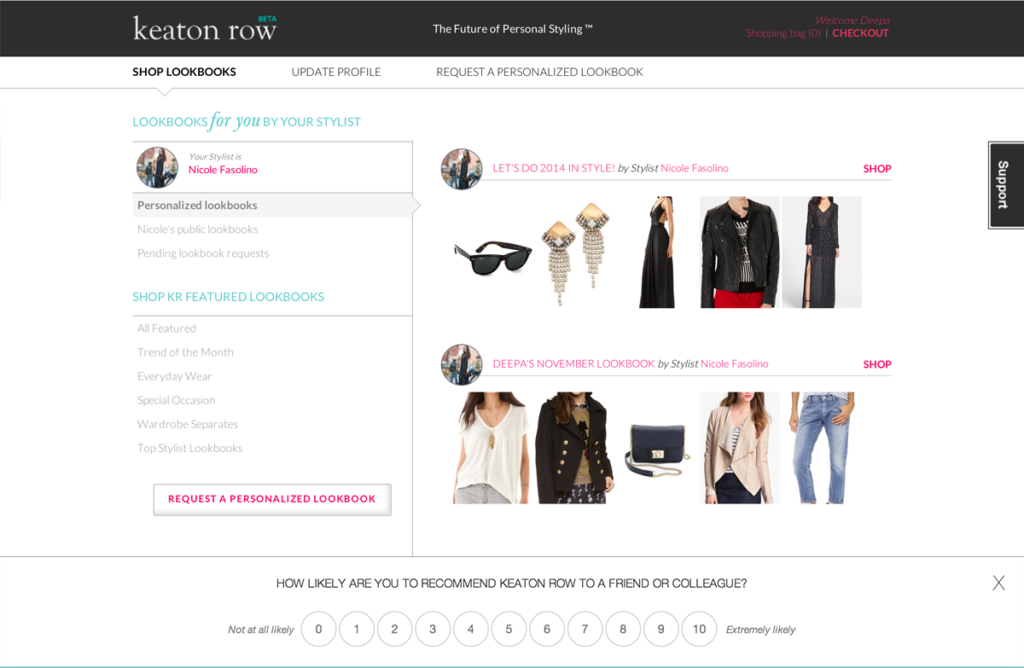
Recently I completed a customer satisfaction survey for United Airlines after a particularly bad experience even by airline standards.
I actually wanted to be contacted by the airline, but there is no place in their survey for a hot alert (request to be contacted). Instead at the end of their survey it says, “Comments or issues on a particular travel experience requiring a response or resolution should be submitted through the appropriate department as listed on our Contact Us page.” Whoa! The survey is not being conducted to address any issues I might have had? Why am I doing this survey anyway?
All bad jokes aside, this is a very good question.
Customer satisfaction surveys are used for several different purposes, each of which is important to the company that wishes to continuously monitor and improve the customer experience they provide. Top objectives include:
- Fix any meaningful problems that have occurred for customers with the company’s products or service.
- Assess the performance of its customer-facing units (retail locations, call centers, digital care team, etc.) and staff (salespeople, call center reps, etc.).
- Improve its processes and standards for delivery.
- Understand customers’ needs as they use the company’s products or services so the company can help them have a better overall experience.
If you have read any recent blogs I’ve posted, you know that I’ve written a lot about Number 4 on the list, as it has been an area of customer experience that’s been largely ignored by customer experience management programs. Increasingly, customers want companies to engage with them differently, treat them as individuals, and show they are valued throughout their journey.
Clearly, the United survey is not geared towards understanding my needs or helping me have a better overall experience with them, nor is it trying to fix meaningful customer problems, which in and of itself is pretty astounding. That said, I can clearly see in its construction that it’s likely geared toward Numbers 2 and 3, assessing performance and improving processes. Make no mistake, I am in no way saying that these objectives are not important. They are. As a customer, I’m glad that a company cares about coaching and training its people and fixing processes. However, I am a lot less glad if they aren’t dealing with my problems and don’t seem to care about me as a customer.
An effective customer experience program will address all four of these objectives. To do this, a company may need several different but integrated components. Effective measurement of processes and performance of people requires a focus on transactions and traditional measurement that uses a consistent and robust methodology, whereas a focus on customers as individuals requires a unique and individualized approach that follows a customer periodically throughout his or her tenure as a customer.
Any contact with a customer is an opportunity to identify any issues or problems that customers are experiencing and correct them.
Whichever kind of engagement the company is having with a customer, it should be clear why the customer should care and how it will return value to them. If United told me it was to improve performance and gave me examples of what they have done with survey results, I might better understand why they ask the questions they do and understand why I should continue to complete their survey each time I receive it.
Following customers throughout their journey and helping them prospectively is a new imperative. Traditional transactional satisfaction studies remain important but should be updated and integrated with this new and important objective.
Has your company adopted a comprehensive customer experience measurement and management approach? Tell me what you think.
By the way, has anyone been delayed 3 hours at a major hub when their pilot just didn’t show up even though he’d just landed there from another city? Just thought I’d ask.


